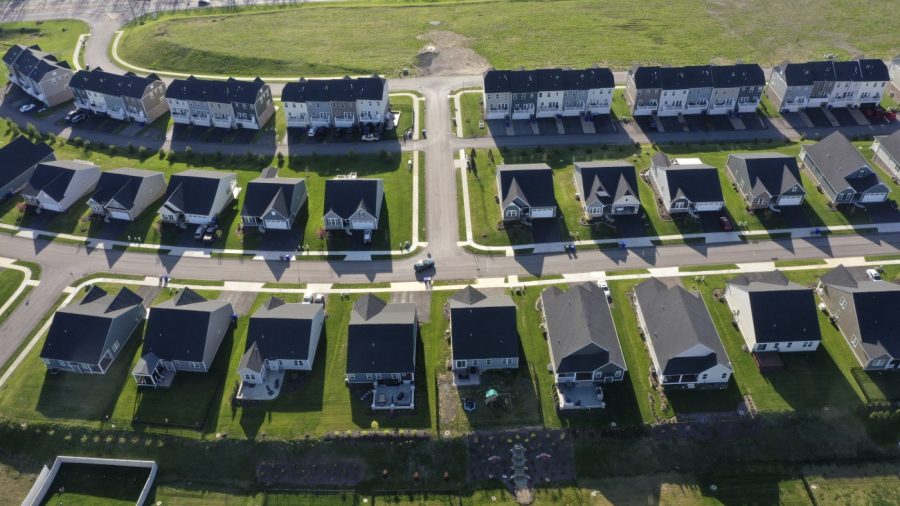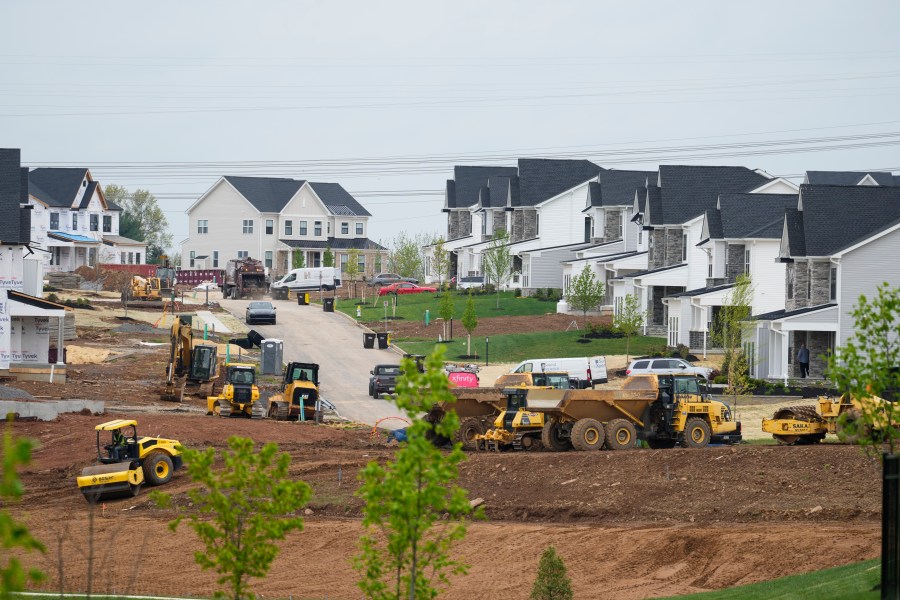Boomers and millennials fight for homes as housing market cools
Prices have cooled in the once red-hot housing market, but competition is heating up between two generations in seemingly perpetual conflict.
Millennials entering their prime homebuying years and baby boomers — many of whom are nearing retirement age — are vying for the same homes.
A look ahead: Fed hikes and default fears: Here’s what could be next for the housing market
Not all baby boomers are looking for smaller properties to spend their retirement years, and some millennials are encroaching on space in the suburbs, where their older peers would typically downsize.
But most boomers have a key advantage: substantial equity from previous home purchases and higher incomes, which help them avoid the growing costs of a long-term mortgage.
“Boomers are not downsizing and Millennials — first-time buyers in particular — are buying later in life. This puts both generations of buyers in head-to-head competition for similarly sized properties,” Jessica Lautz, deputy chief economist and vice president of research at the National Association of Realtors (NAR) told The Hill in an email.
Yet Lautz said shifting working situations created during the pandemic, alongside high home prices, have changed buying patterns among generations.
“In addition, with the rise of remote and hybrid work and constraints on housing affordability, Millennial home buyers are embracing the suburbs and even small towns — locations which have traditionally been the refuge of retirees,” Lautz said in the email.
Baby boomers beat out millennials as the largest share of buyers last year
Baby boomers made up the largest share of homebuyers last year at 39 percent, according to a recent report from the NAR. Their share rose by 10 percentage points from the previous year.
By contrast, millennials, who recently became a homeowner majority generation, saw their share of the market shrink in 2022. Millennials accounted for 28 percent of home purchases last year, down from 43 percent in 2021, when they made up the largest share.
More from The Hill: Why millennials became homeowners later than their parents and grandparents
Buyers in the baby boomer generation were largely repeat buyers last year, Lautz said, meaning they already had equity from previous homes to boost their purchasing power.
“As they enter the home buying market, half of Older Boomers and one-third of Younger Boomers paid all cash allowing them to more easily make housing trades and win any multiple-bid situations,” she wrote.
Mortgage rates are boosting competition between generations

The Federal Reserve’s near-zero interest rates early in the pandemic led to mortgage rates dropping to historic lows. This offered greater breathing room for younger, first-time buyers — especially millennials — to achieve homeownership.
But as the Fed began hiking interest rates to fight inflation, mortgage rates spiked and made housing unaffordable for many amid already high home prices.
Sky-high mortgage rates are especially harmful to buyers with less equity who will make smaller down payments.
“If they are to rely on a mortgage for their next purchase, they are going to want to wait until rates are lower than they are today,” KPMG economist Yelena Maleyev told The Hill.
“If they plan on paying all-cash, they are not as affected by higher mortgage rates and can provide a more enticing offer than a first-time buyer,” Maleyev said.
New construction could offer relief

Construction is picking up, and figures released Tuesday show a month-on-month increase in housing starts. They rose 2.2 percent in April to a seasonally adjusted annual rate of 1.40 million, according to data the Census Bureau released Wednesday.
The uptick was led by a 5.2 percent increase in multifamily units under construction, but new single-family homes were also on the rise.
The availability of new homes as the year progresses could offer relief to younger buyers if those with more resources move on to the new spaces.
“This could mean that more baby boomers will shift to the newly built market and release some much-needed supply to the existing market,” Maleyev said.
“The concern remains what size and price that supply will be; most first-time buyers are not in the market for mansions,” she concluded.
Redfin Chief Economist Daryl Fairweather recently told The Hill the nation did not build enough homes in the first place, especially after the 2008 financial crisis.
“The demand meeting that lack of supply is where we get this increase in prices,” Fairweather said.
“Yes, there’s a lot of demand because the millennials are the biggest generation, but we should have seen that coming.”
Copyright 2023 Nexstar Media Inc. All rights reserved. This material may not be published, broadcast, rewritten, or redistributed. Regular the hill posts







